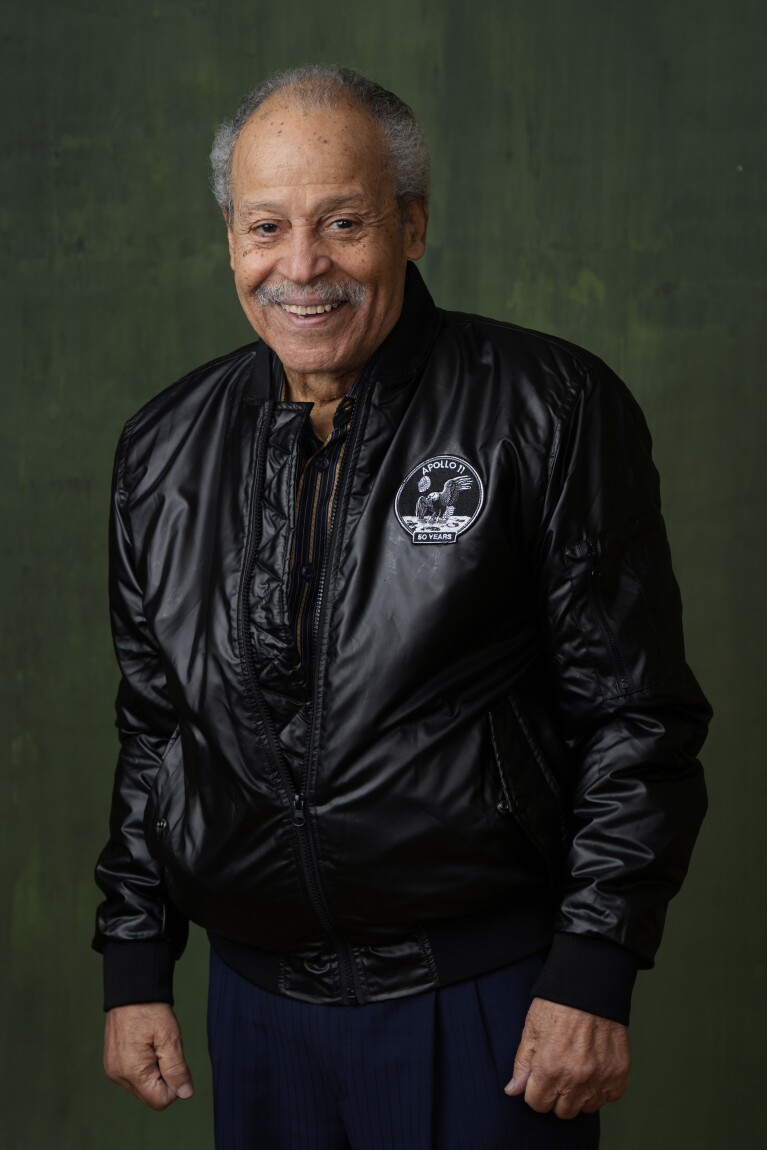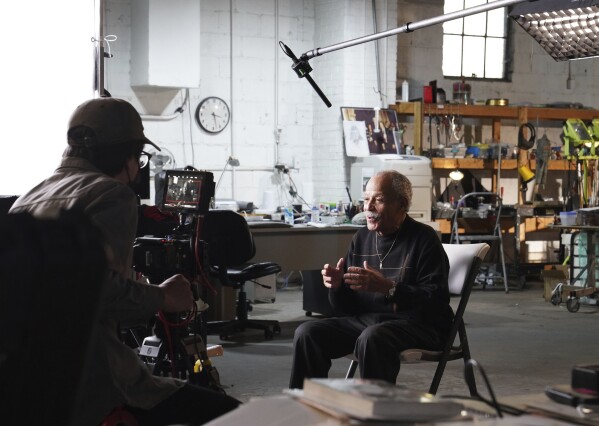NewsVine_Mariyam
Diamond Member
I wonder how our country might have evolved differently if not for the interference that prevented Captain White from being included in the NASA space program back in 1963, despite having the backing of then U.S. President John F. Kennedy. Those who wanted to keep the NASA space program all white successfully did everything they could to exclude him and ultimately were successful. This news story is more about Captain White and his life history than about finally making it into space this weekend:



While at Edwards, Dwight was celebrated on the covers of Black magazines like Jet and Sepia. Hundred of letters hailing him as a hero poured in. But in training, he was treated with hostility by officers who resented his inclusion in the program and the White House’s involvement.
(Courtesy of Ed Dwight/National Geographic via AP)
(AP Photo/Chris Pizzello)
“They were all instructed to give me the cold shoulder,” Dwight says. “Yeager had a meeting with the students and the staff in the auditorium and announced it — that Washington was trying to shove this N-word down our throats.”
Dwight describes one incident when he was the only pilot sent out to fly when film producers, along with Jimmy Stewart, came to the base to film the officers. He recounts private sessions with Yaeger “telling me how good the white guys were and how I shouldn’t be there.”
“All that kind of stuff didn’t really bother me,” Dwight says. “The mission was the main thing. What people didn’t know was that I was being handled out of the West Wing of the White House the whole time I was there. Either every day or every other day: ‘How’s it going? What’s happening? What do you need?’”
Yeager, who died in 2020, maintained Dwight simply wasn’t as good as the other pilots. In his autobiography, Yeager wrote: “From the moment we picked our first class, I was caught in a buzz saw of controversy involving a black student. The White House, Congress, and civil rights groups came at me with meat cleavers, and the only way I could save my head was to prove I wasn’t a damned bigot.”
The tensions were also described in Tom Wolfe’s “The Right Stuff.”
“Every week, it seemed like, a detachment of Civil Rights Division lawyers would turn up from Washington, from the Justice Department, which was headed by the president’s brother, Bobby,” wrote Wolfe. “The lawyers squinted in the desert sunlight and asked a great many questions about the progress and treatment of Ed Dwight and took notes.”
Dwight during the filming of the documentary “The Space Race,” which chronicles the stories of Black astronauts. (Ryan Dearth/National Geographic via AP
Dwight was among the 26 potential astronauts recommended to NASA by the Air Force. But in 1963, he wasn’t among the 14 selected. Dwight astronaut future took a more drastic turn when Kennedy was assassinated on Nov. 22, 1963.
“Everybody was wondering, ‘What’s going to happen with Dwight?’” says Dwight. “Everything changed.”
Kennedy was killed on a Friday. By Monday, Dwight says, he had papers in his mailbox shipping him out to Germany. He quickly met with Bobby Kennedy in Washington, who had the Pentagon cancel those orders. A day after that, he had papers sending him to Canada.
Ultimately, Dwight was stationed at Wright-Patterson in Ohio in January of 1964. He graduated the program and totaled some 9,000 hours of air time, but never became an astronaut. He left the Air Force in 1966.
Asked if he was bitter about his experience, Dwight exclaims, “God no!”
“Here you get a little 5-foot-four guy who flies airplanes and the next thing you know this guy is in the White House meeting all these senators and congressmen, standing in front of all these captains of industry and have them pat me on the back and shake my hand,” Dwight says. “Are you kidding me? What would I be bitter about? That opened the world to me.”
Dwight initially landed at IBM, then he started a construction company. In 1977, he earned his Master of Fine Arts in Sculpture from the University of Denver. Much of his work is of great figures from Black history such as Louis Armstrong, Duke Ellington and Barack Obama. Several of his sculptures have been flown into space, most recently one aboard the vessel Orion. NASA named an asteroid after him.
[news story continued at the link below]